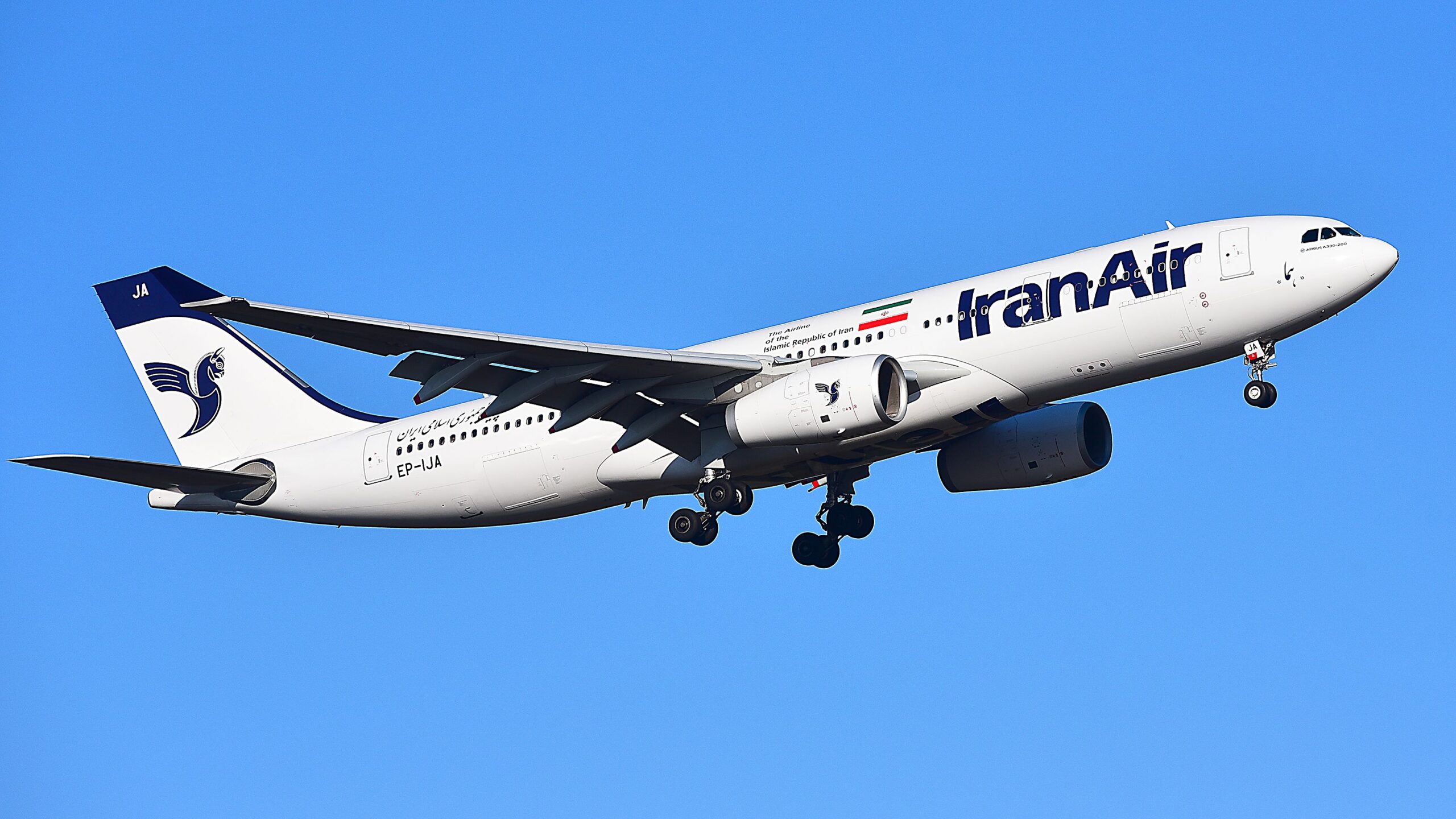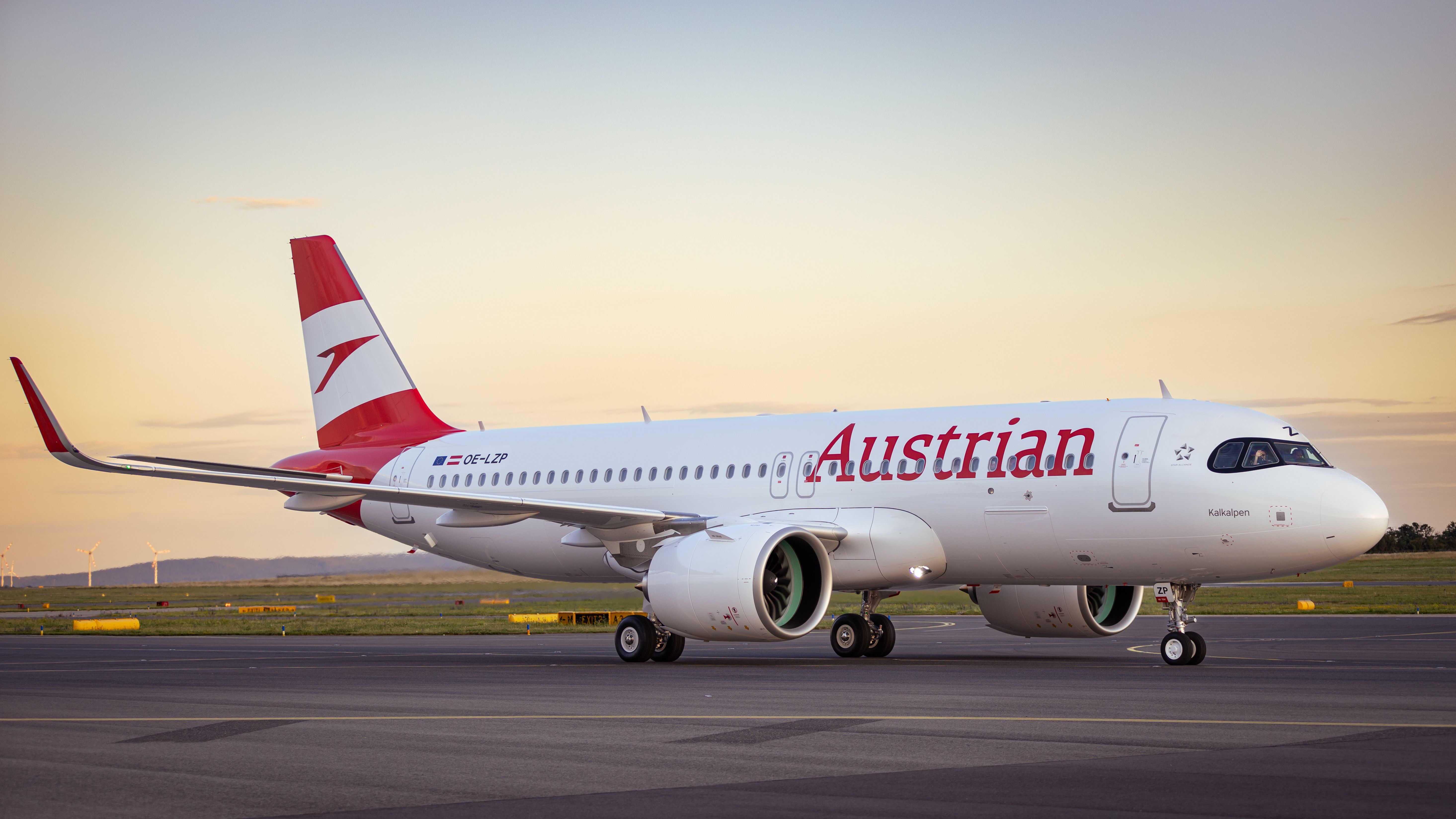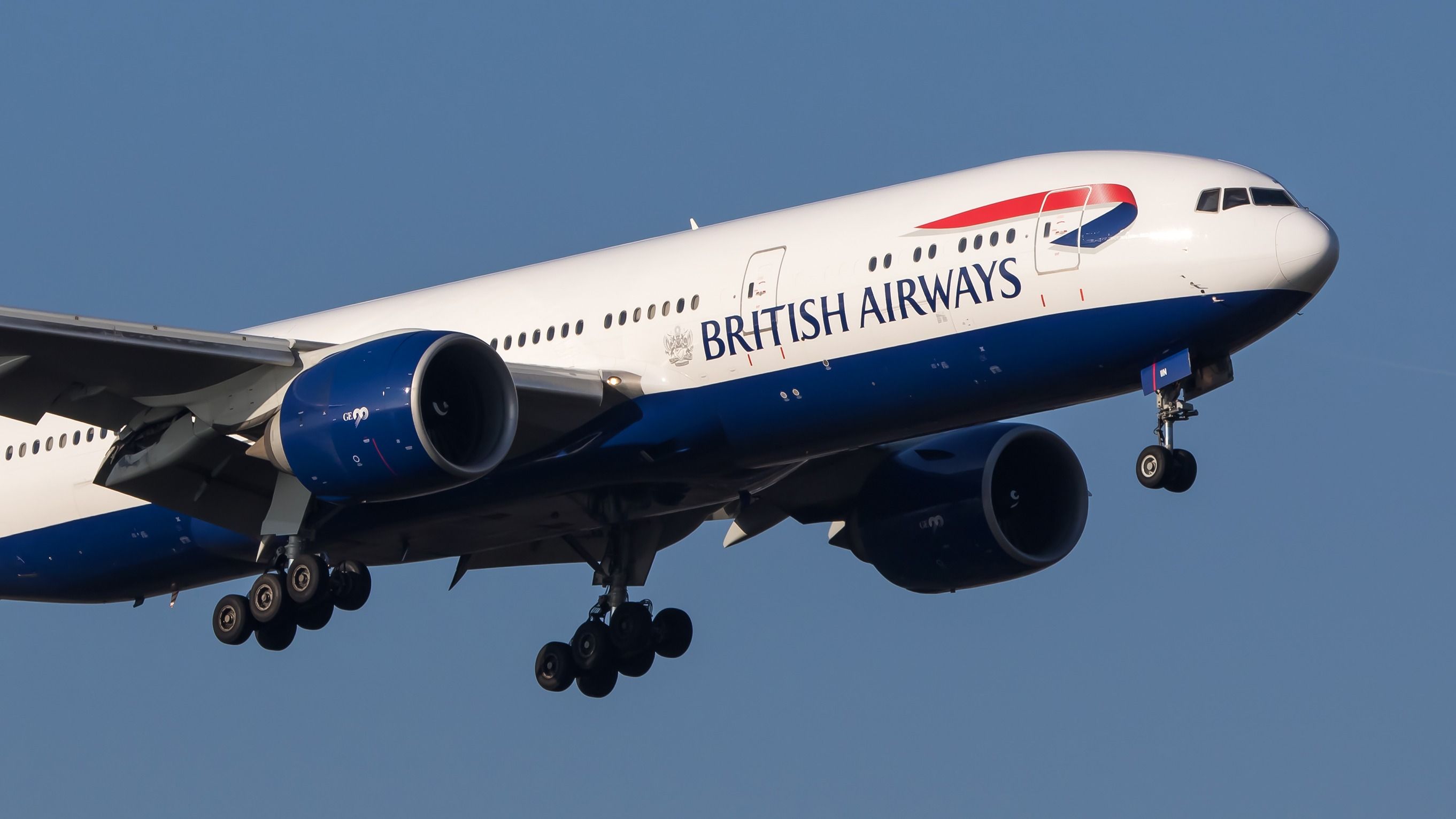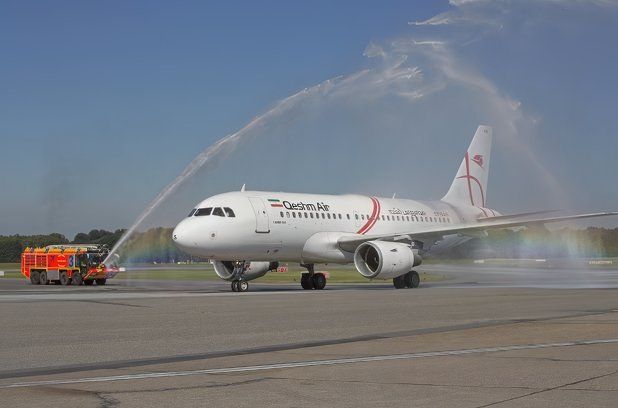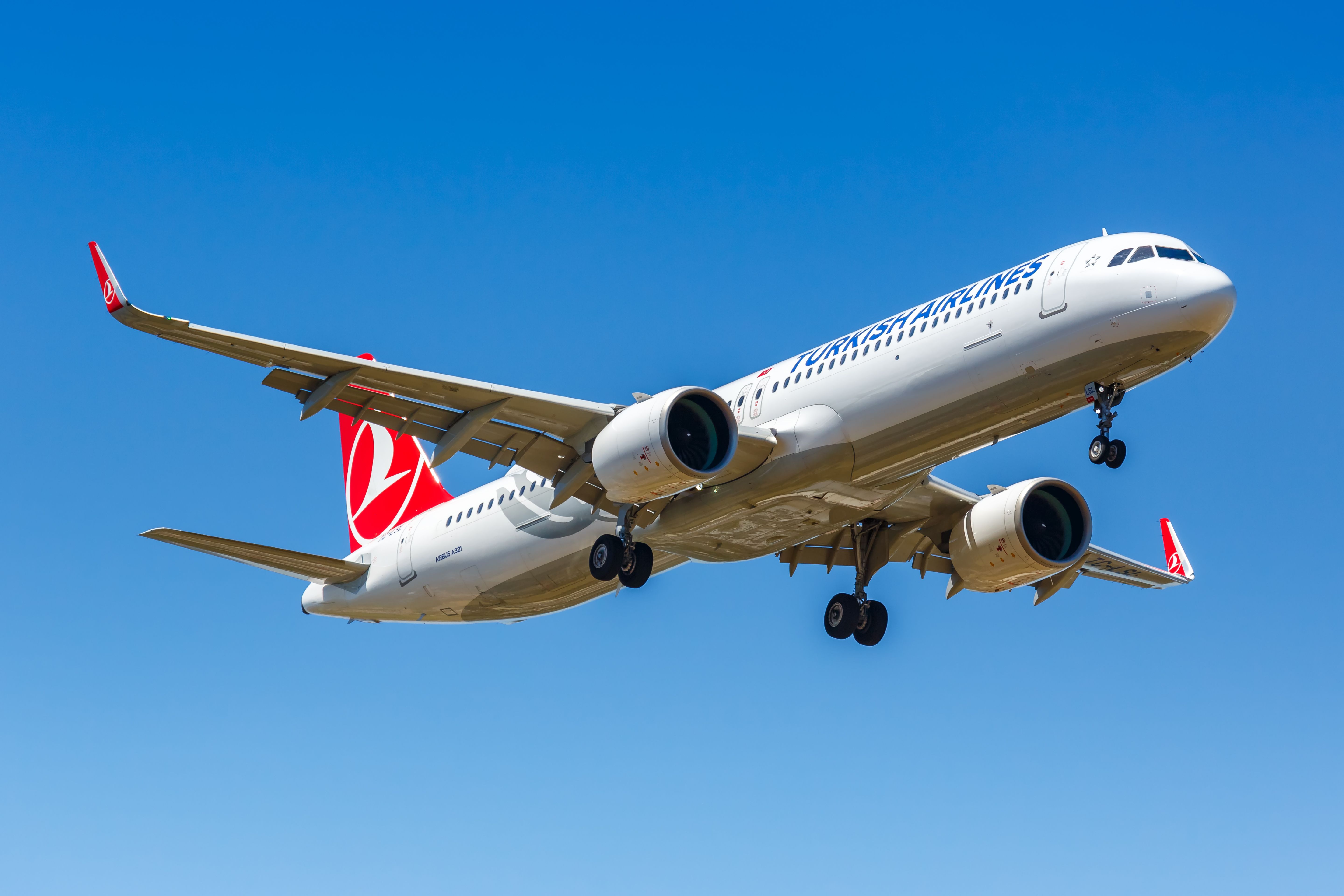Summary
- Iran Air is set to be banned from flying to Europe.
- It has eight non-stop routes and transported 15% of all Europe-Iran passengers last year.
- Turkish Airlines will be the primary winner as passengers look for indirect flight options, with fares set to increase significantly.
About 1.8 million people flew between Europe and Iran last year (excluding Türkiye). Due to sanctions, safety, and other considerations, over seven in 10 people connected en route, particularly in Istanbul. Few non-stop operators existed, with Iran Air being number one.
Due to Iran supplying Russia with ballistic missiles to be used on Ukraine, it seems Iran Air will be banned from flying to Europe—again. It was last forbidden between 2010 and 2016 and briefly in 2020.
The UK, France, and Germany have said they’ll end Iran Air flights. However, as things tend to be at an EU level, as with the Pakistan International decision, it is likely to involve the EU and the UK. Given the reciprocal nature of such developments, it is highly probable that Iran will ban Austrian Airlines and Lufthansa.
Photo: Austrian Airlines
Iran Air’s European flights
The flag carrier’s European operation is entirely from the capital’s international airport, Tehran Imam Khomeini. It has eight routes, nearly always on the Airbus A330, with the estimated passenger traffic from 2023 provided. Figures are rounded for readability. It carried approximately 273,000 passengers, about 15% of the total. It was a small operator overall but critical for non-stop service.
- Tehran-London Heathrow: 50,000
- Tehran-Milan Malpensa: 45,000
- Tehran-Paris CDG: 40,000
- Tehran-Hamburg: 36,000
- Tehran-Frankfurt: 34,000
- Tehran-Cologne: 33,000
- Tehran-Vienna: 18,000
- Tehran-Rome: 17,000
What other non-stop carriers are there?
In the past decade, many European airlines served Iran. They included Aegean (until 2018), Aeroflot, Air France (2018), Belavia (2017), British Airways (2018), KLM (2018), and Ukraine International (2020).
Most ended in 2018, mainly due to the consequences of sanctions. Impacts included reduced demand from the Iranian diaspora and business travelers and currency devaluation, which reduced route performance. When combined with less risky alternative options, the decision for many airlines was clear.
Photo: IanC66 | Shutterstock
In 2024, only two carriers serve the country or plan to do so:
- Austrian: daily from Vienna (A320/A321)
- Lufthansa: was set to resume Tehran flights on October 27, 2024, with a mainly five times weekly A340-300 service
What about other Iranian carriers?
Mahan Air flew to Europe until 2019 and served multiple airports. Iran’s little-discussed Qeshm Air started twice-weekly Tabriz-Hamburg service in 2017 using—wait for it—the A319. The following photo was of its inauguration.
The airline’s submission to Cirium and OAG shows a Friday Tehran-Tabriz-Hamburg operation through 2024, but it does not appear on Flightradar24 or on websites. Combined with ch-aviation showing it has removed its sole A319, the service probably doesn’t exist anymore.
Photo: Hamburg Airport
Who will benefit the most?
As one thing loses out, another benefits. It is no different for airlines. Speaking anonymously, a network planner and industry commentator told me,
“Turkish Airlines will benefit the most from this ban on Iran Air. They have huge coverage and multiple daily flights to tier one and tier two EU, UK, wider European, and Iranian cities. The second carrier to benefit the most will be Qatar Airways.”
Photo: Markus Mainka | Shutterstock
Pegasus and AJet may come to mind. The former, in particular, carries many Europe-Iran passengers via Istanbul Sabiha Gökçen. However, pay-for baggage may put off passengers who usually fly non-stop.
The ban on Iran Air, and probably other carriers, will push up Europe-Iran fares significantly. While unsurprising, it also happened following the ban on Europe-Russia flights, in which market Turkish Airlines is also a key player.
It will be interesting to see if Turkish Airlines increases frequencies to Iran or, perhaps more likely, upgauges aircraft, especially as 85% of September flights are on narrowbodies.

